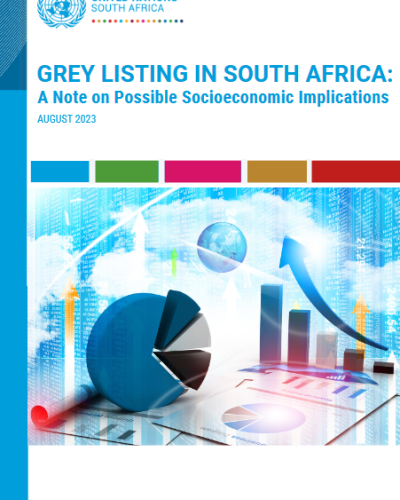Grey listing in South Africa: A Note on Possible Socioeconomic Implications

On 24 February 2023, the Financial Action Task Force (FATF), a global body that sets standards and policies on money laundering, terrorist financing, and the financing of the proliferation of weapons of mass destruction, placed South Africa as a “jurisdiction under increased monitoring”. This is also known as “grey listing” and takes place when a jurisdiction is found to have insufficient compliance with FATF standards. Among analysts’ responses, many emphasised that the consequences for South Africa could be far reaching and that higher compliance costs would imply less foreign investments flowing in, higher costs of borrowing for national entities and companies, and more transaction, administrative and other costs for doing business. This would happen at a time when the South African economy is already underperforming and facing both external and internal shocks.
This note examines the possible adverse effects of grey listing highlighted in the media and by expert/commissioned reports. It takes into consideration the factors that led to the FATF decision as well as the characteristics of the South African economy. It also considers the duration of grey listing to understand its possible effects. The position of the South African National Treasury (NT) is that South African grey listing is motivated by specific shortcomings in the country’s attempt to respond to FATF recommendations for action in 2021, rather than a generalised dissatisfaction with the lvels of compliance with FATF’s recommendations









